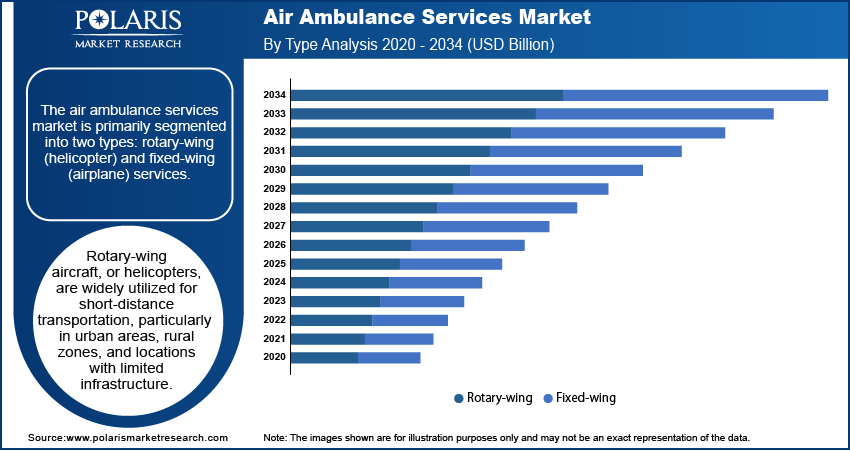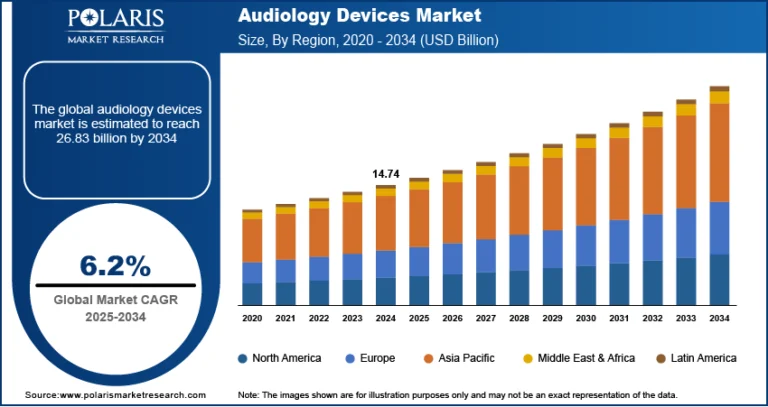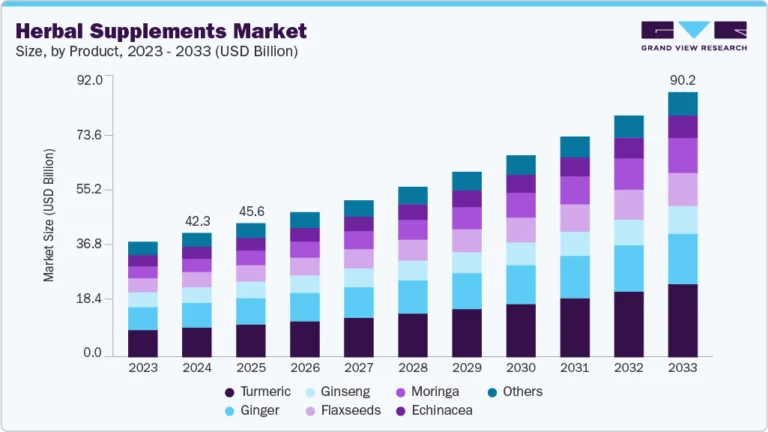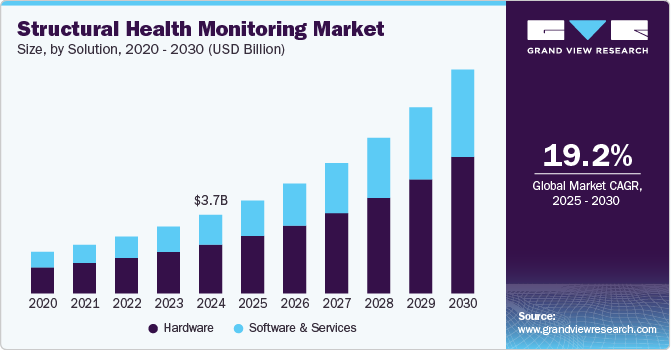Air Ambulance Services Market projected to be valued at USD 48.88 billion by 2034, growing at a CAGR of 10.9%.

The air ambulance services market was valued at USD 17.42 billion in 2024 and is expected to expand from USD 19.25 billion in 2025 to USD 48.88 billion by 2034, registering a compound annual growth rate (CAGR) of 10.9% throughout the forecast period from 2025 to 2034. The air ambulance services market is witnessing substantial growth, fueled by the rising need for rapid and efficient emergency medical transportation, especially in remote and rural regions.
Air Ambulance Services Market – Trends & Insights
- Rising Demand for Emergency Medical Services (EMS)
The increasing incidence of road accidents, trauma cases, and medical emergencies in remote areas is fueling demand for rapid-response air ambulance services globally. - Integration of Advanced Medical Equipment Onboard
Air ambulances are now equipped with state-of-the-art medical devices, such as ventilators, defibrillators, and intensive care units (ICUs), enabling critical care during transit. - Growing Use in Organ Transport and Specialized Care
Air ambulances are playing a crucial role in time-sensitive organ transportation and transferring critically ill patients to specialized medical facilities, further driving service adoption. - Expansion of Private Providers and Cross-Border Services
Increased participation from private healthcare and aviation companies, along with cross-border air ambulance operations, is enhancing service availability and market competitiveness.
Market Size & Forecast
- Market Size Value (2025): USD 19.25 billion
- Revenue Forecast (2034): USD 48.88 billion
- CAGR (2025–2034): 10.9%
𝐆𝐞𝐭 𝐄𝐱𝐜𝐥𝐮𝐬𝐢𝐯𝐞 𝐒𝐚𝐦𝐩𝐥𝐞 𝐏𝐚𝐠𝐞𝐬 𝐨𝐟 𝐓𝐡𝐢𝐬 𝐑𝐞𝐩𝐨𝐫𝐭:
https://www.polarismarketresearch.com/industry-analysis/air-ambulance-services-market/request-for-sample
Market Overview
The air ambulance services market is expanding rapidly due to the growing need for fast, efficient, and specialized medical transportation. With the limitations of ground transportation in critical emergencies and rural regions, air ambulances are becoming a vital link in emergency healthcare infrastructure. This mode of medical transport ensures timely care, particularly for life-threatening conditions where every minute is crucial.
Technological advancements in aviation and onboard medical systems are enhancing the capabilities of air ambulance fleets. Additionally, improvements in coordination between healthcare institutions and air operators, along with increased health insurance coverage and government funding in certain regions, are making these services more accessible. The market is expected to continue its growth trajectory as healthcare systems increasingly prioritize emergency preparedness and rapid critical care delivery.





